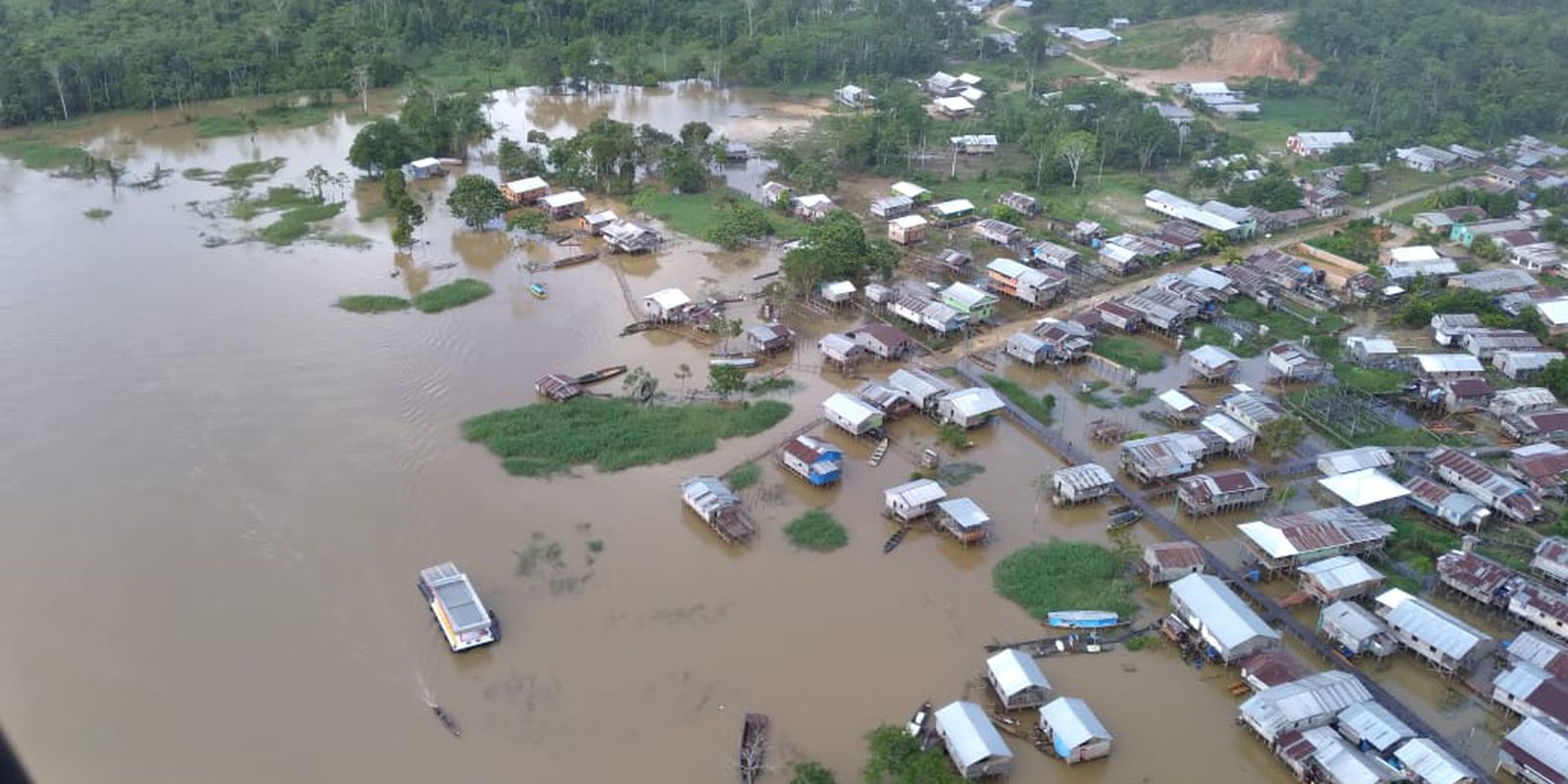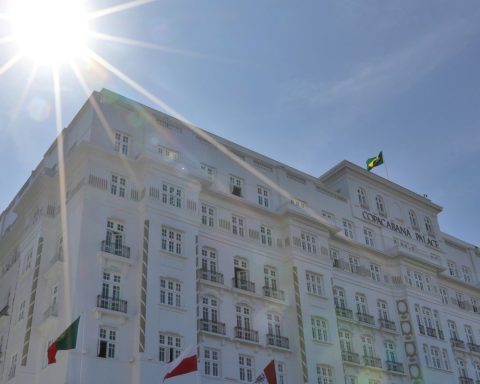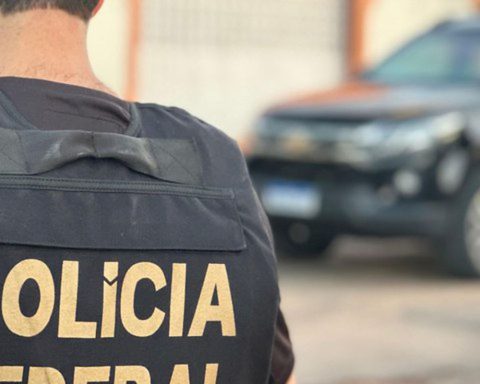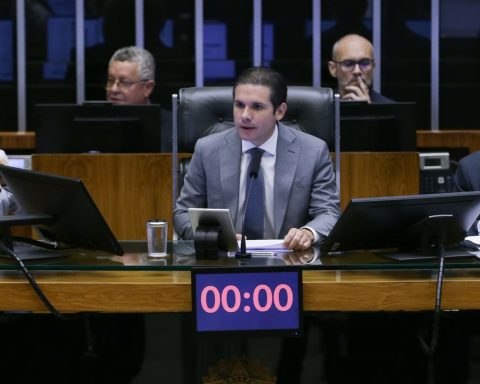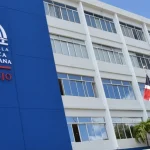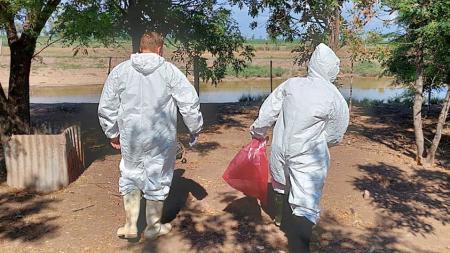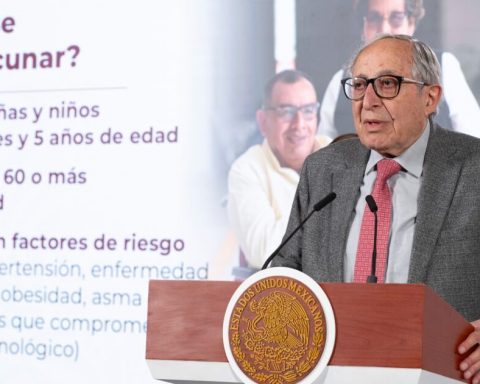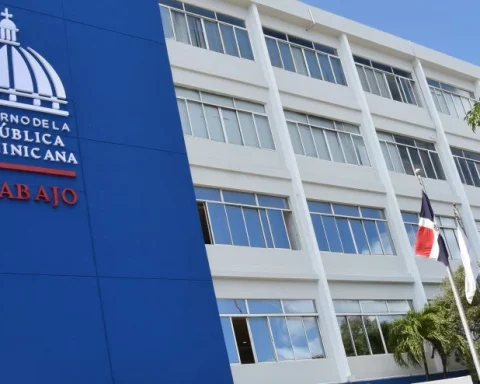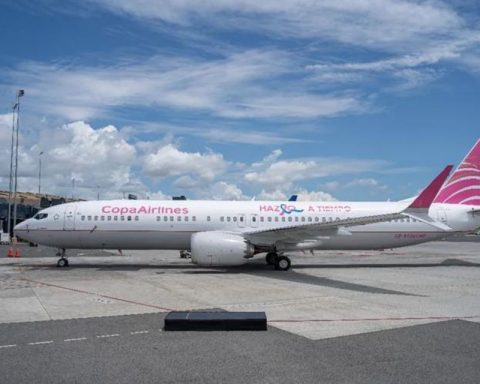The Indigenous Land (TI) Vale do Javari gained focus after the brutal murder of the indigenist Bruno Pereira, also a servant of the then National Indian Foundation (Funai), and the British journalist Dom Phillips, correspondent for the British newspaper The Guardianin June 2022. Among the indigenous movement and anthropologists, the name of the region had already become a reference long before, for having the largest concentration of isolated indigenous people in the world and being an arena for power disputes. 
The territory is located in the municipalities of Atalaia do Norte and Guajará, in the west of the state of Amazonas. The indigenous peoples who live in the region have not always lived with violence, and what prevented it was the protection of public bodies, says Eliesio Marubo, legal attorney for the Union of Indigenous Peoples of Vale do Javari (Univaja).
“Towards the end of 2009, the Federal Police (PF) worked with an intelligence team from IBAMA [Instituto Brasileiro do Meio Ambiente e dos Recursos Naturais Renováveis]. They operated a lot in the region. It was a time of peace, for many years”, recalls
Eliesio also tells that, although there was peace at another time, in the period leading up to the murder of Dom and Bruno, tension hung in the air. “There was a climate of hostility, due to the work that Univaja was already doing, and it culminated in an increase in hostility and criminality in the region. In other words, more interests. And he [Bruno] was a stumbling block”, says the prosecutor.
Today, a delegation from the first and second echelon of the government starts a task force in the territory, in order to restore the sense of shelter and cooperation between the Public Power and the peoples that inhabit the place. Representatives of the Ministries of Indigenous Peoples, Justice and Public Security, Human Rights and Citizenship, in addition to the National Foundation for Indigenous Peoples (Funai) and the Special Secretariat for Indigenous Health (Sesai) participate in the group. Ibama, the PF, the Federal Highway Police (PRF), the National Force and the Federal Public Ministry (MPF) also confirmed their presence.
Most of the TI Vale do Javari is located in Atalaia do Norte (AM). A Brazil Agency wanted to know from Eliesio what he considers strategic for the fight against crimes in the region. “I think the creation of a base in Atalaia do Norte is more effective than they [agentes das forças de segurança e fiscalização ambiental] stay in Tabatinga, because they are many kilometers away. So, if they take care to stay closer to the Javari Valley or, who knows, set up a mobile base on the Javari River, we understand that crime will decrease a little”, he defends.
violence and ambition
Approved in 2001, the Vale do Javari IL covers 8.5 million hectares and the threats it faces are complex in proportion to its size. It is the second largest indigenous area in Brazil, second only to the Yanomami TI in size, with 9.6 million hectares, and shares some of the problems, such as illegal mining. Researchers and entities such as the Instituto Socioambiental (ISA), the Coordination of Indigenous Organizations of the Brazilian Amazon (Coiab), the Observatory for Human Rights of Isolated and Recently Contacted Indigenous Peoples (OPI) and the Indigenous Missionary Council (Cimi) have constantly warned the authorities regarding the presence of drug traffickers, loggers, hunters, fishermen and illegal miners.
On the border with Peru, the TI Vale do Javari is also the target of oil exploration, against which the matsés have risen. According to Cimi records, the Univaja Surveillance Team (EVU) was created in 2021 to reduce the fragility of the region’s people.
In September 2019, when the Bolsonaro government had not yet so strongly restricted the scope of Ibama’s work, the autarchy deactivated about 60 rafts that were carrying out illegal mining in the ILs Vale do Javari, Katuquina do Rio Biá and in the Sustainable Development Reserve Cujubim , in western Amazonas. This was the outcome of Operation Korubo, carried out jointly with Funai and the PF and put into practice after five months of planning and logistical preparation.
The korubo are one of the peoples of the TI Vale do Javari. Another 25 peoples are also found there, of which 19 are in voluntary isolation, according to the ISA, such as the Mayuruna/Matsés, Matis, Kulina Pano, Kanamari and Tsohom-Dyapa. According to the Centro de Trabalho Indigenista (CTI), these peoples, along with the Korubo and Marubo, share some sociocultural traits, such as the Pano language, and, at the same time, present relevant differences between themselves. The total population is more than 6,300 people, according to the count of the local Special Indigenous Health District (Disei).
Part of the people is of recent contact. The Kanamari and Marubo, for example, have been in contact with non-indigenous people for about a century.
One ISA bulletin showed that, between the first and second two months of 2022, deforestation in indigenous lands with the presence of isolated peoples increased. In January of this year, the Amazon Environmental Research Institute (Ipam) released the study Isolated by a Thread: Risks to Isolated Indigenous Peopleswhich points out that territories in the Amazon where isolated peoples live are more threatened than those that do not have the presence of this population.
In a technical report, the institute lists five risks that affect the fundamental rights of indigenous people in voluntary isolation: deforestation, fires, land grabbing, mining and disruption of specific public policies, considered a legal-institutional risk and an aggravating factor in the exposure of territories to other processes.
